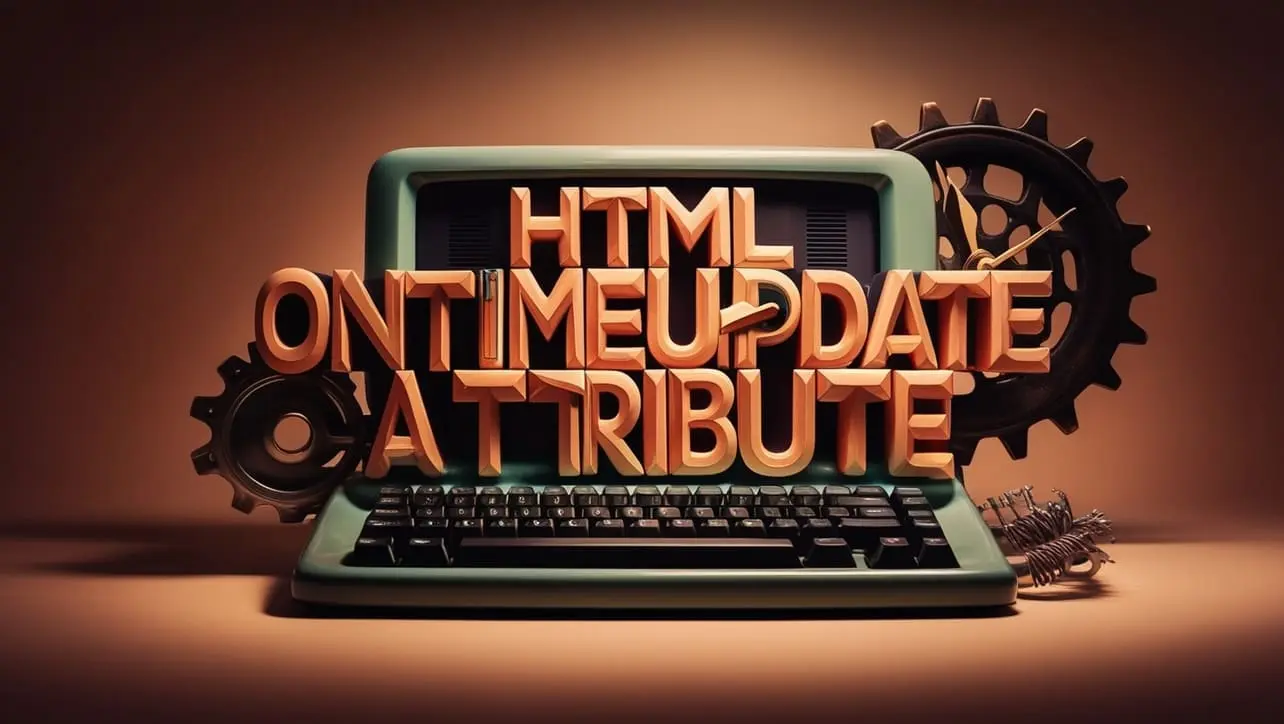
HTML Topics
- HTML Intro
- HTML Basic
- HTML Editors
- HTML CSS
- HTML Tags
- HTML Deprecated Tags
- HTML Events
- HTML Event Attributes
- HTML Global Attributes
- HTML Attributes
- abbr
- accept
- accept-charset
- accesskey
- action
- align
- alt
- archive
- as
- async
- autocapitalize
- autocomplete
- autofocus
- autoplay
- axis
- bgcolor
- border
- cellpadding
- cellspacing
- char
- charoff
- charset
- checked
- cite
- class
- classid
- codebase
- codetype
- color
- cols
- colspan
- compact
- content
- contenteditable
- controls
- coords
- crossorigin
- data
- data-*
- datetime
- declare
- default
- defer
- dir
- dirname
- disabled
- download
- draggable
- enctype
- enterkeyhint
- for
- form
- formaction
- formenctype
- formmethod
- formnovalidate
- formtarget
- frame
- frameborder
- frameset
- headers
- height
- hidden
- high
- href
- hreflang
- hspace
- http-equiv
- id
- inert
- inputmode
- ismap
- kind
- label
- lang
- list
- loop
- low
- max
- maxlength
- media
- method
- min
- multiple
- muted
- name
- novalidate
- onabort
- onafterprint
- onbeforeprint
- onbeforeunload
- onblur
- oncanplay
- oncanplaythrough
- onchange
- onclick
- oncontextmenu
- oncopy
- oncuechange
- oncut
- ondblclick
- ondrag
- ondragend
- ondragenter
- ondragleave
- ondragover
- ondragstart
- ondrop
- ondurationchange
- onemptied
- onended
- onerror
- onfocus
- onhashchange
- oninput
- oninvalid
- onkeydown
- onkeypress
- onkeyup
- onload
- onloadeddata
- onloadedmetadata
- onloadstart
- onmousedown
- onmousemove
- onmouseout
- onmouseover
- onmouseup
- onmousewheel
- onoffline
- ononline
- onpagehide
- onpageshow
- onpaste
- onpause
- onplay
- onplaying
- onpopstate
- onprogress
- onratechange
- onreset
- onresize
- onscroll
- onsearch
- onseeked
- onseeking
- onselect
- onstalled
- onstorage
- onsubmit
- onsuspend
- ontimeupdate
- ontoggle
- onunload
- onvolumechange
- onwaiting
- onwheel
- open
- optimum
- pattern
- placeholder
- popover
- popovertarget
- popovertargetaction
- poster
- preload
- readonly
- rel
- required
- reversed
- rows
- rowspan
- sandbox
- scope
- selected
- shape
- size
- sizes
- span
- spellcheck
- src
- srcdoc
- srclang
- srcset
- start
- step
- style
- tabindex
- target
- title
- translate
- type
- usemap
- value
- width
- wrap
- HTML Comments
- HTML Entity
- HTML Head
- HTML Form
- HTML IndexedDB
- HTML Drag & Drop
- HTML Geolocation
- HTML Canvas
- HTML Status Code
- HTML Language Code
- HTML Country Code
- HTML Charset
- MIME Types
HTML ontimeupdate Attribute

Photo Credit to CodeToFun
🙋 Introduction
The ontimeupdate attribute is a crucial feature in HTML that enables developers to associate a script with the time that a video or audio element updates its time-related attributes.
This attribute is particularly useful when you want to perform specific actions or execute scripts in response to the time-based updates of a media element.
🎯 Purpose of ontimeupdate
The primary purpose of the ontimeupdate attribute is to provide a mechanism for developers to respond to changes in the playback position of a media element, such as a video or audio player.
By associating a JavaScript function with the ontimeupdate event, you can create dynamic and interactive media applications.
💎 Values
The ontimeupdate attribute can be assigned a JavaScript function that will be executed when the timeupdate event occurs.
This event is triggered continuously as the playback position of the media element changes. For example:
<video controls ontimeupdate="updateTime()">
<source src="example.mp4" type="video/mp4">
Your browser does not support the video tag.
</video>🧠 How it Works
In this example, the updateTime() function will be called every time the playback position of the video changes.
🔄 Dynamic Values with JavaScript
You can dynamically set the ontimeupdate attribute using JavaScript to provide more flexibility and control over the behavior of your media application. Here's an example:
<script>
// Dynamically set ontimeupdate for a video element
const videoElement = document.getElementById("dynamicVideo");
videoElement.ontimeupdate = function() {
// Custom logic based on the current playback time
console.log("Current playback time: " + videoElement.currentTime);
};
</script>🧠 How it Works
In this script, the ontimeupdate event is associated with an anonymous function that logs the current playback time of the video element. This allows you to implement custom logic based on the media's current time.
🏆 Best Practices
- Utilize the
ontimeupdateattribute to create dynamic and responsive media applications that respond to changes in the playback position. - Be mindful of performance considerations when implementing scripts associated with the ontimeupdate event, especially if complex operations are involved.
- Test your media application across different browsers to ensure consistent behavior, as browser support for certain media events may vary.
🎉 Conclusion
The ontimeupdate attribute is a valuable tool for developers building interactive and time-sensitive media applications.
By leveraging this attribute and associated JavaScript functions, you can enhance the user experience and create engaging multimedia content.
👨💻 Join our Community:
Author

For over eight years, I worked as a full-stack web developer. Now, I have chosen my profession as a full-time blogger at codetofun.com.
Buy me a coffee to make codetofun.com free for everyone.
Buy me a Coffee












If you have any doubts regarding this article (HTML ontimeupdate Attribute), please comment here. I will help you immediately.